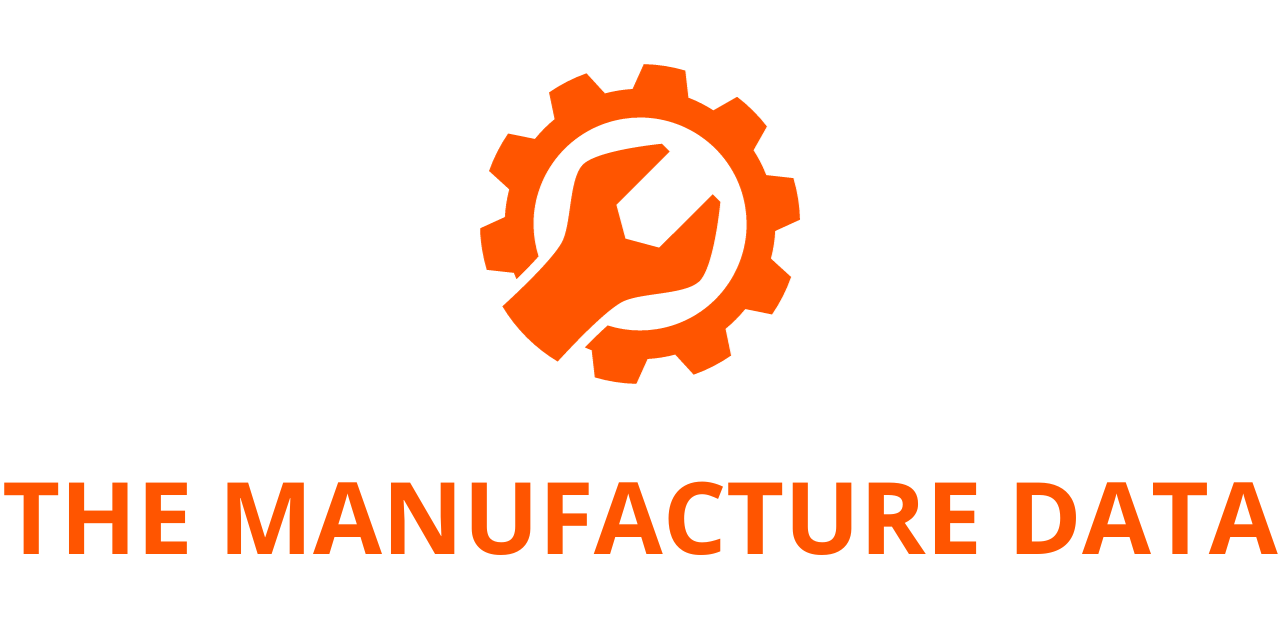
Stanley Black & Decker Delivers Resilient Q2 2025 Results Amid Challenging Environment, Reinforces Focus on Growth, Efficiency, and Innovation
Stanley Black & Decker has reported its financial results for the second quarter of 2025, demonstrating resilience and strategic progress despite macroeconomic headwinds and the continued effects of global tariffs. The company is advancing its transformation initiatives while emphasizing operational efficiency, innovation, and long-term shareholder value.
Leadership Perspective on Transformation and Growth
Donald Allan, Jr., President and Chief Executive Officer, highlighted the company’s strategic execution and steady performance. “We delivered a solid second quarter amid the dynamic operating environment with the continued growth of our professional DEWALT brand,” said Allan. “With our supply chain transformation on track for completion in 2025, we are positioning Stanley Black & Decker to enter its next chapter — one focused on sustainable growth and delivering strong returns for our shareholders. Our strengths lie in our dedicated people, iconic brands, and powerful innovation engine — attributes that will carry us forward regardless of external challenges.”
Christopher J. Nelson, who currently serves as Chief Operating Officer and Executive Vice President, and leads the Tools & Outdoor business, also addressed the company’s strategic focus areas as he prepares to transition into the CEO role. “We are implementing a robust strategy to address the impact of tariffs and are actively optimizing our supply chain with a North American focus, while ensuring overseas inputs are aligned to meet U.S. market needs,” Nelson explained. “Our strategic priorities are clear: accelerating a culture of growth, generating cash, strengthening our balance sheet, and completing our transformation. I’m excited to lead the company into a future defined by customer-centric innovation and brand excellence.”
Q2 2025 Financial Highlights
For the second quarter ending June 30, 2025, Stanley Black & Decker reported net sales of $3.9 billion, a 2% decline from the same quarter in 2024. This decrease was primarily driven by a 4% reduction in volume, partially offset by a 1% increase each in pricing and currency exchange benefits.
Gross margin for the quarter stood at 27.0%, 140 basis points lower than the previous year. On an adjusted basis, gross margin was 27.5%, reflecting a 170-basis-point decline. These reductions were largely attributed to a 3-point impact from tariffs and lower sales volumes, though partially offset by improved supply chain efficiencies and recent price increases.
Selling, General & Administrative (SG&A) expenses were 22.1% of net sales, up from 20.6% the previous year. On an adjusted basis, SG&A was 20.8% of sales compared to 19.9% in Q2 2024, as increased investment in growth was offset by cost containment efforts.
Notably, the company posted net earnings equal to 2.6% of sales, reversing the previous year’s net loss from continuing operations of -0.5%. Reported EBITDA stood at 6.0% of sales, up from 5.3% in the same quarter last year. Adjusted EBITDA, however, declined to 8.1% of sales from 10.7%, primarily due to tariff costs and lower volumes.
Segment Performance: Tools & Outdoor and Engineered Fastening
The Tools & Outdoor segment saw a 2% decline in net sales compared to Q2 2024, as a 5% drop in volume was partially mitigated by a 2% price increase and 1% currency benefit. Organic revenue declined by 3%, reflecting a slow outdoor season and disruptions related to tariff-driven shipping changes. Despite these headwinds, DEWALT continued to perform well within the professional segment.
Geographically, North America experienced a 4% decline in revenue, while Europe grew by 5%, and the rest of the world declined by 2%. Organic growth by region showed North America down 4%, Europe down 1%, and rest of world up 1%.
The Tools & Outdoor segment’s margin declined to 6.9% from 9.0%, with the adjusted segment margin falling to 8.0% from 10.4%. Tariffs, lower volume, and strategic growth investments weighed on margins, though gains from price and supply chain improvements provided some cushion.
In the Engineered Fastening segment, net sales declined by 2% due to a combination of volume loss and product reclassification, though partially offset by pricing and currency effects. Organic revenue was down 1% as strength in aerospace was counterbalanced by declines in automotive and industrial sectors. Segment margin declined to 7.2% from 13.5%, and adjusted segment margin fell to 10.8%.
Cost Transformation and Operational Efficiency
The company’s Global Cost Reduction Program continues to be a cornerstone of its long-term margin expansion strategy. The initiative is on track to achieve $2 billion in pre-tax run-rate cost savings by the end of 2025. In Q2 alone, the program generated $150 million in incremental pre-tax savings, bringing the cumulative total since mid-2022 to $1.8 billion.
These savings are expected to support Stanley Black & Decker’s long-term goal of achieving an adjusted gross margin above 35%.
Outlook and Planning for 2025
CFO Patrick D. Hallinan emphasized the company’s agile approach in a dynamic environment. “We’ve remained focused on serving end users while making operational adjustments in response to external pressures,” he said. “We are planning for multiple outcomes in 2025 and remain vigilant in monitoring demand while managing tariff-related challenges.”
The company projects full-year 2025 GAAP EPS to be approximately $3.45 (+/- $0.10), with adjusted EPS forecasted at around $4.65. Stanley Black & Decker aims to generate about $600 million in free cash flow for the year. The gross annualized tariff burden is currently estimated at $800 million, factoring in mid-year policy changes. After mitigation through pricing and supply chain shifts, the net EPS impact is projected at around $0.65.
The gap between GAAP and adjusted EPS forecasts is primarily due to one-time costs related to the company’s transformation efforts, including restructuring and footprint optimization actions.
Non-GAAP Adjustments and Webcast Information
Non-GAAP adjustments for Q2 2025 totaled $83 million, driven by a voluntary retirement program and actions related to supply chain restructuring. These included $20 million in gross profit charges, $52.6 million in SG&A expenses, $18.8 million in restructuring charges, and a net benefit of $8.4 million under “Other.”
Stanley Black & Decker will discuss these results in detail during a webcast on July 29, 2025, at 8:00 a.m. ET. The webcast and accompanying slide presentation are available in the “Investors” section of the company’s website and will remain accessible for later viewing.




